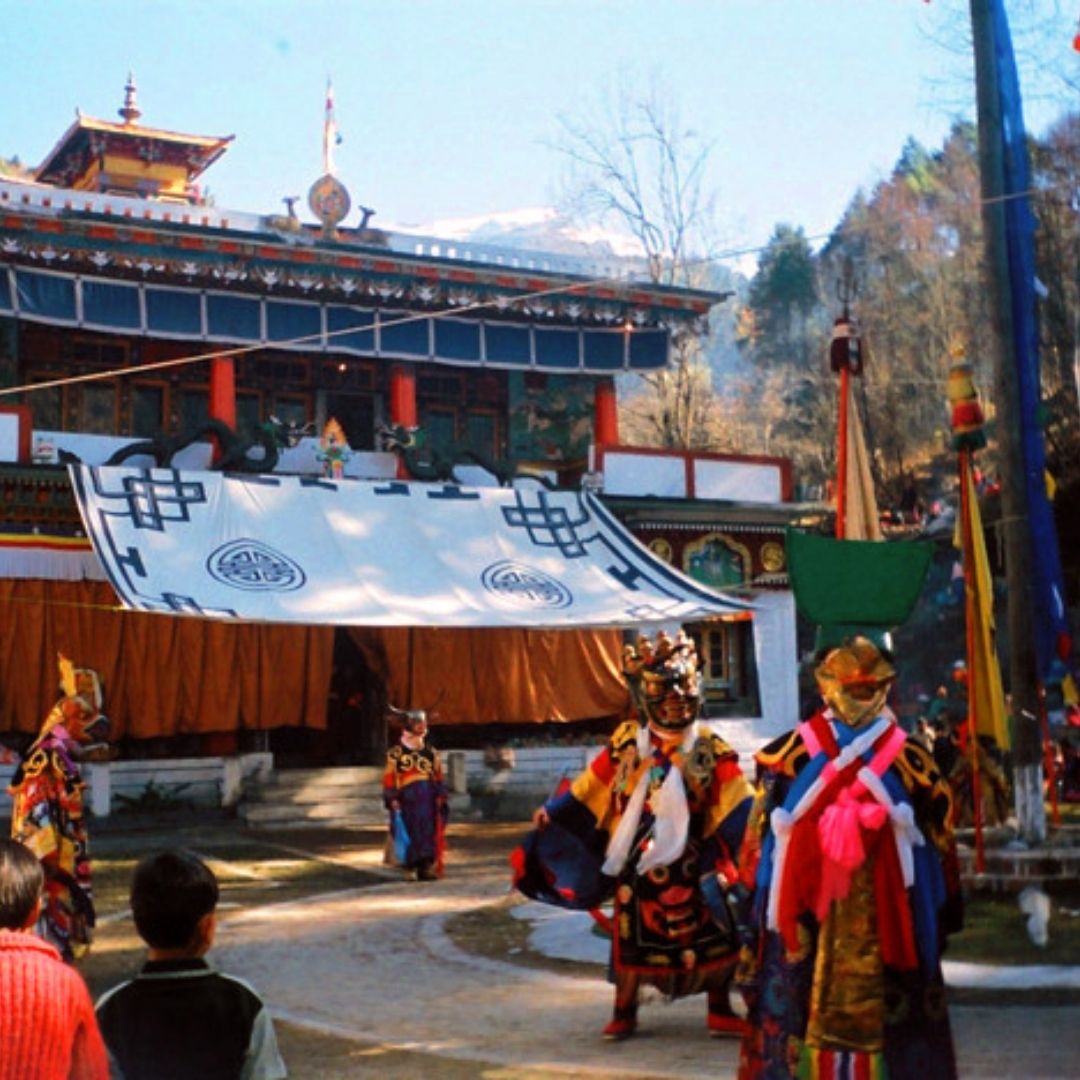
Image Credits: Wikipedia
Sikkim Foundation Day: How Did The Himalayan Kingdom Became A Part Of India In 1975?
Writer: Tashafi Nazir
For most people, journalism sounds hectic and chaotic. For her, it's a passion she has been chasing for years. With an extensive media background, Tashafi believes in putting efforts on presenting a simple incident in the most interesting way.
Sikkim, 16 May 2022 1:01 PM GMT
Editor : Shiva Chaudhary |
A post-graduate in Journalism and Mass Communication with relevant skills, specialising in content editing & writing. I believe in the precise dissemination of information based on facts to the public.
Creatives : Tashafi Nazir
For most people, journalism sounds hectic and chaotic. For her, it's a passion she has been chasing for years. With an extensive media background, Tashafi believes in putting efforts on presenting a simple incident in the most interesting way.
On May 16, 1975, Sikkim became the 22nd state of the country, abolishing the long rule of monarchy. National Security Advisor Ajit Doval played a significant role in Sikkim’s merger with India.
Sikkim Foundation Day is observed in India annually to commemorate the day when the Himalayan Kingdom became part of the Indian Union.
Nestled within the Himalayas, Sikkim is the least populous and second smallest of all the states in India. The peak of India's largest mountain and the world's third-highest peak, Kanchenjunga, lies within Sikkim.
History Of Sikkim State Day
On May 16, 1975, Sikkim became the 22nd state of the country, abolishing the long rule of monarchy. National Security Advisor Ajit Doval played a significant role in Sikkim's merger with India.
The Kingdom of Sikkim dates back to the 17th century when the Namgyal dynasty founded it. It was ruled by a monarchy of Buddhist priest-kings known as Chogyal.
However, by 1890, it became a principality within British India. The state came under the jurisdiction of Britishers, who used it as a buffer state between China and British India, Jagran reported.
After the independence of India and Pakistan in 1947, as Sikkim became a part of India (unofficially), its security, foreign policy and communication came under the realm of India while maintaining its independence at the same time.
How Did Monarchy End In Sikkim?
The last monarch of Sikkim, Palden Thondup Namgyal's American wife Hope Cook, took over the governance of the state after their marriage. She was accused of being a CIA agent.
The people of Sikkim waged a rebellion against the monarch, following which it merged with India. Ajit Doval participated in the uprising and handled the entire operation from Mizoram to Sikkim. Sikkim's first Chief Minister, Kazi Lhendup Dorjee, supported India throughout the strife.
India prepared a constitution for Sikkim approved by its national assembly in 1974. In a special referendum held in 1975, more than 97 per cent of the electorate voted for the merger of Sikkim with India.
Sikkim became a part of India under the 35th Constitutional Amendment Act. However, China did not like this union up till very late. In 2003, during Atal Bihari Vajpayee's leadership, China accepted Sikkim as a part of India.
Also Read: BSF Comes To Rescue Of Bangladeshi Nationals, Help Them Perform Last Rites Of Kin
 All section
All section














